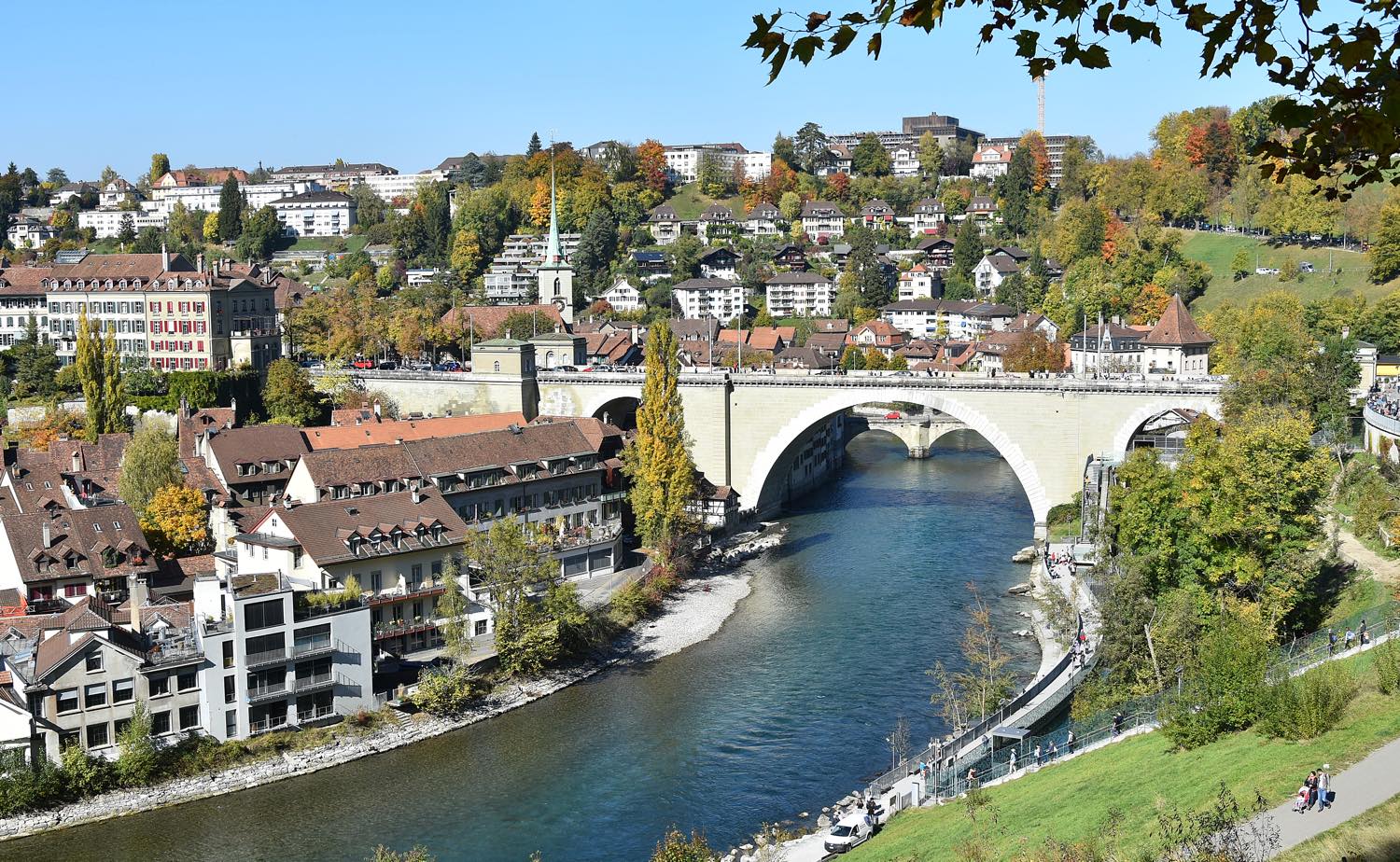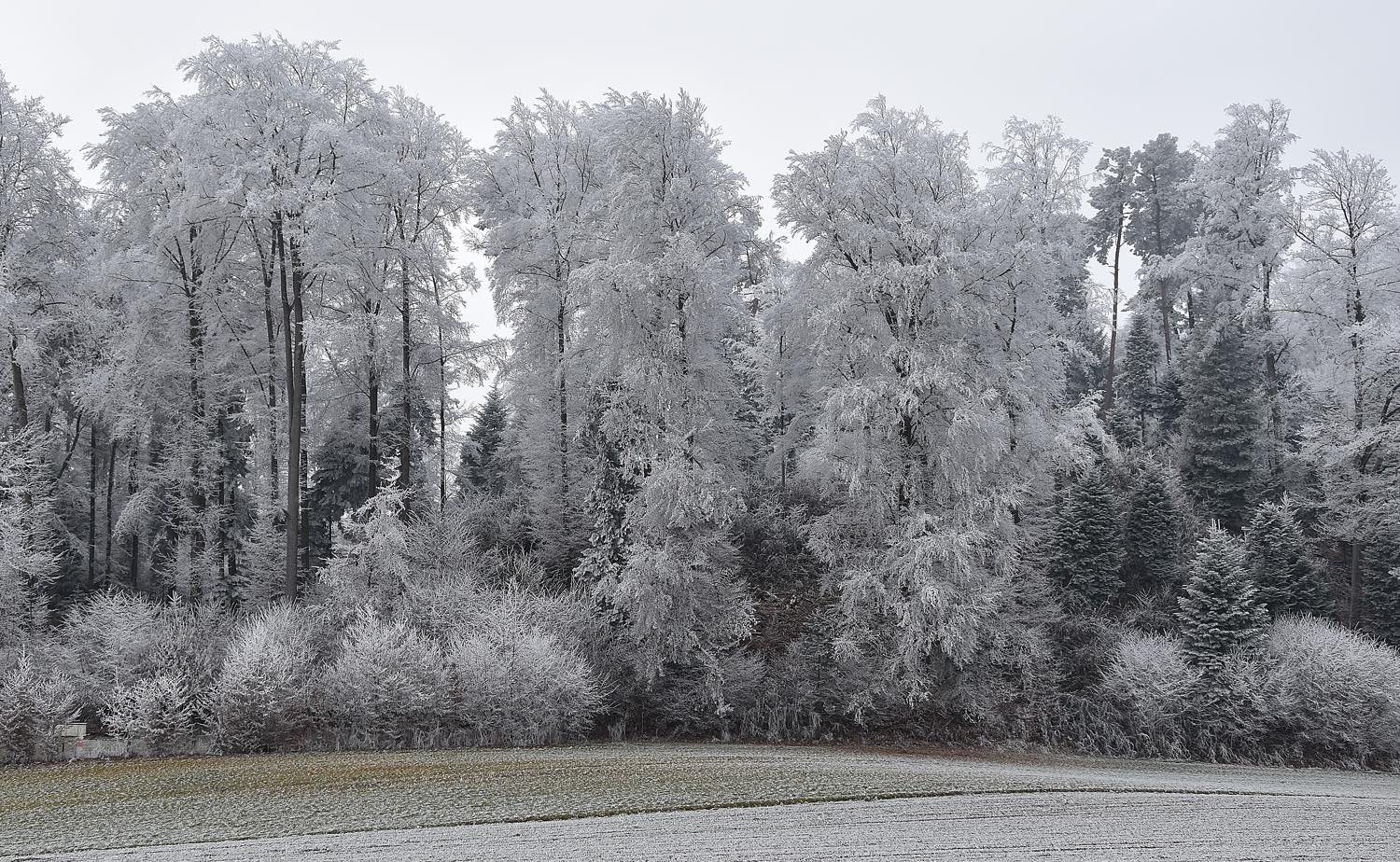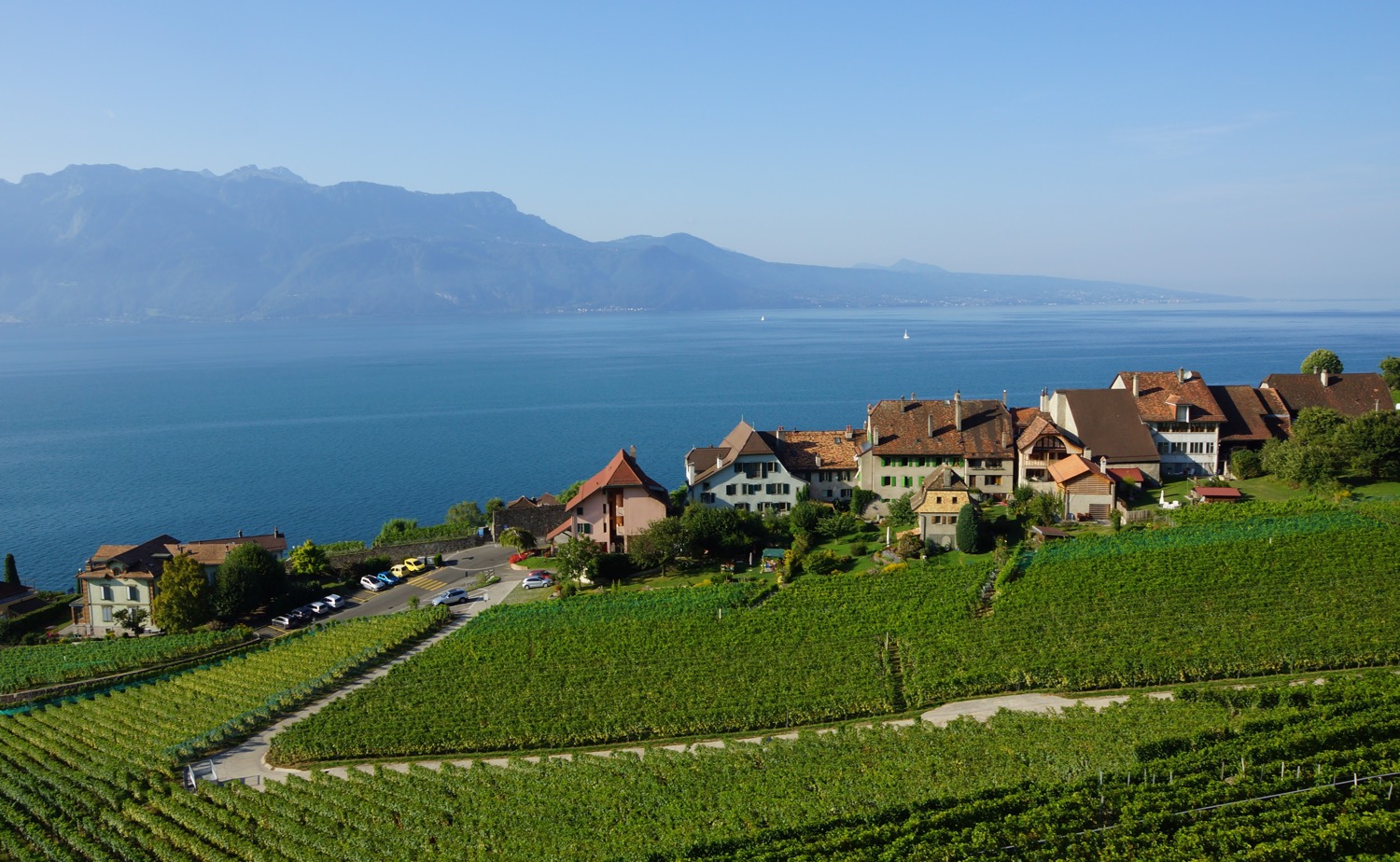Switzerland has an abundance of springs, rivers and lakes. There are four main rivers that are all fed by countless smaller rivers mostly originating in the alps and hills of the country. In the end they all join the sea either in Germany, France or Italy, depending on which side of the alps they start.
Here in the picture is a small river, called the Sense (Canton of Fribourg). It is only about 35km long and at that point joins the Saane river. The Saane flows into the beautiful lake of Greyerz and past the pretty city of Fribourg until east of Berne it joins the Aare river.
The Aare is one of the main rivers of the country. It also leads more water than any other Swiss river and is fed by many other rivers and creeks such as those mentioned above. The Aare river reaches 288km until it joins the Rhein river (376km).
The Rhein is again fed from waters of the whole canton of Graubünden (southwestern part). Famous destinations are the cities of Basel, Schaffhausen (with the Rheinfall), lake of Constance and then finally the North Sea (in the very north of Germany).
The other big river system is the Rhone river, flowing through the Canton of Wallis, into lake Geneva, Lyon in France, Avignon, and finally into the Mediterranean sea near Arles (France).
The Ticino river is the name giver of the Canton of Ticino (Italian speaking). It flows through Italy and also ends in the Mediterranean sea in Italy.
Countless beautiful cities and villages with diverse language and cultures lie along those rivers spread across Switzerland, France, Germany and Italy.
Especially in Switzerland these rivers are still very natural and early on in their start rather wild yet very clean. People love to swim in them, boat down the rivers, bbq along them and just enjoy their special beauty.















